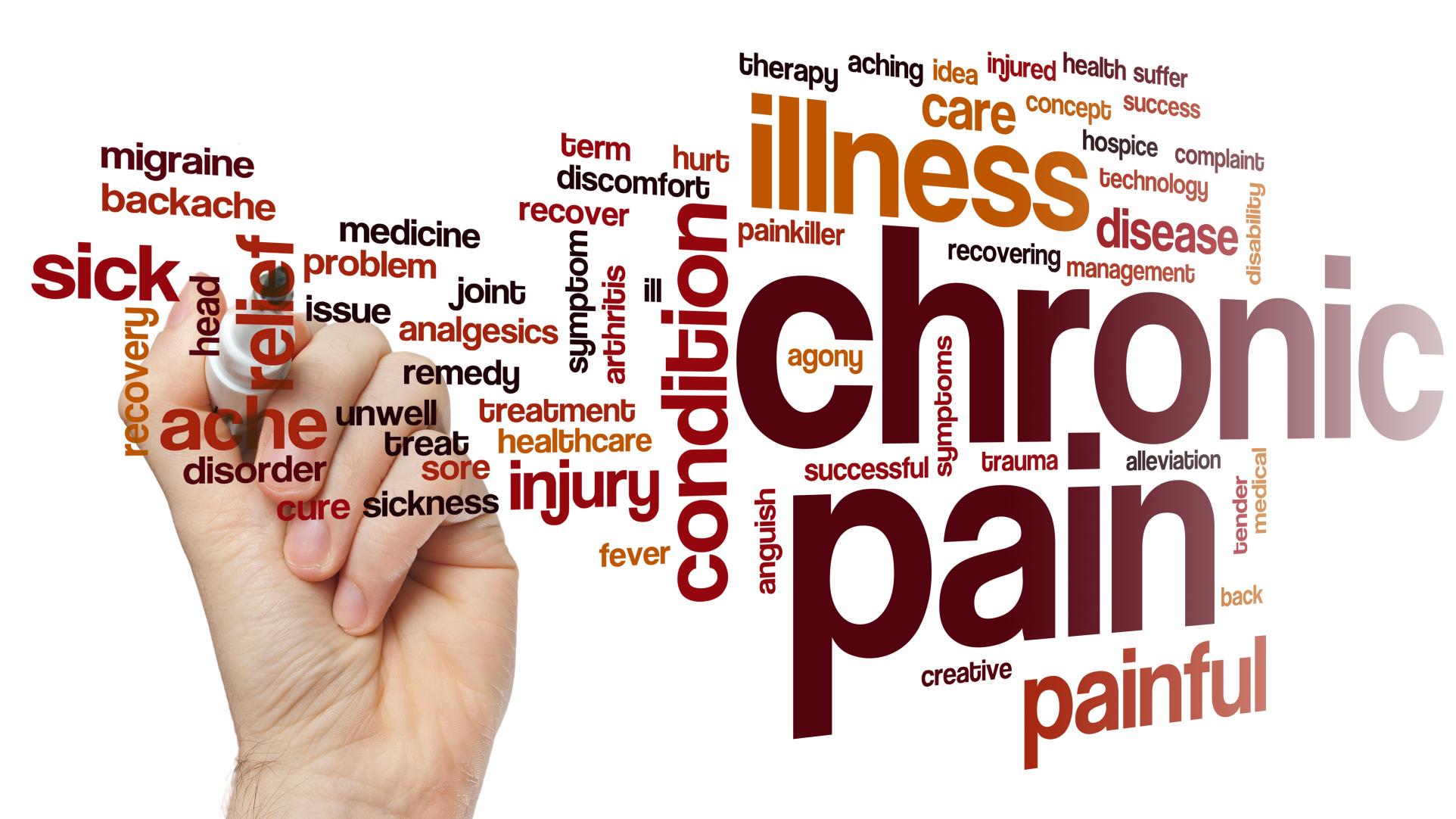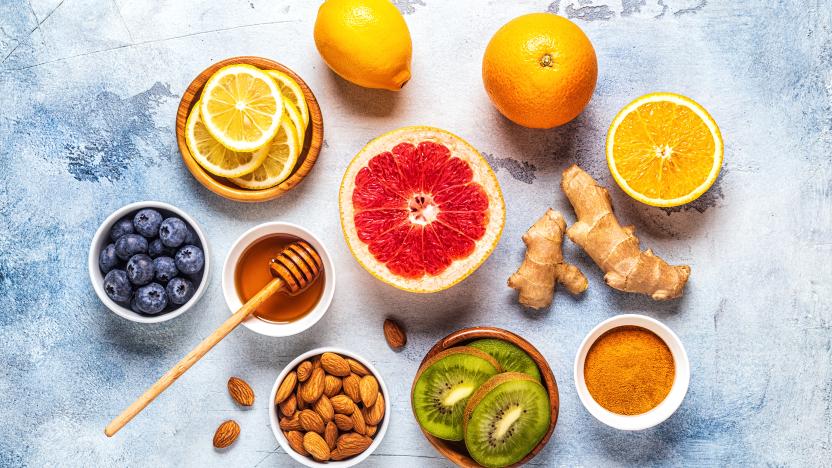It all began with a slip on icy steps, a broken hip, an injured back, and a messy lawsuit. Surgery and medication had not resolved Jim’s pain.
“I can’t believe it,” he complained: “Here I am, an executive being reprimanded for poor work. I am taking high doses of pain pills that are affecting my personality and performance, but not touching the pain.”
Jim was constantly stressed and used caffeine and sugary drinks to quench the fatigue and depression that dogged his steps. His anger and depression combined with his preoccupation with his pain affected his marriage; he and his wife were now separated.
He quit exercising and gained weight. His travel fare consisted of fast-food burgers, candy bars, and beer. He developed diabetes and obesity — which exacerbated his pain and depression.
Jim feels alone, but he isn’t. Chronic pain — pain that persists for more than six months — affects around 100 million Americans and is associated with conditions that include physical injury, headache, arthritis, cancer, and diabetes-linked nerve pain.1 Many pain therapies are either inadequate or cause side effects.
Jim’s story shows that chronic pain can involve physical insult combined with emotional, psychological, and social factors that affect the nervous system at the molecular level.
Pain can persist long after an injury is healed, so in one sense chronic pain can become its own self-perpetuating condition. This is particularly true of back, neck, and headache pain. Seven out of ten chronic back-pain patients have no detectible physical basis for their pain.2 Some patients have physical signs of injury or deterioration, but experience no pain.
For those who suffer, this does not mean their pain is imaginary; it represents telltale changes in neurons that heighten pain sensitivity without cause, somewhat like a faulty smoke detector that shrieks when there is no fire at all or shrieks at the mere strike of a match.
“Pain kindlers” are factors that increase pain, and “pain dampeners” turn down the “volume” on chronic pain.
Avoiding pain kindlers and increasing pain dampeners can tip the pain scale toward relief — and may even help “reeducate” the nervous system to permanently turn down the “volume” on its own malfunctioning pain system. Here are a few:
Expectation: Anticipating pain can amplify the pain response.3 Psychological factors play a large role in pain perception.4 Patients who expect a shot to hurt will experience more pain than those who do not. A pessimistic attitude increases suffering. Positive expectations and optimism increases mood-elevating chemicals and reduce a sense of helplessness. This leads to faster recovery from wounds, lower pain perception, and better coping abilities, even with severe injuries.5
Stress and mood: Chronic stress raises a person’s risk of developing a pain disorder.6 Catastrophizing, anxiety, depression, guilt, and negativity all heighten the sensitivity and activity of pain circuits, causing the sufferer to attach negative emotional meaning to his or her pain.7
Depression is a major factor underlying chronic pain.8 Treating depression and expressing gratitude can lessen pain and help you cope with existing pain. Think about the positives in your life and verbalize thankfulness for them each day.
Nutrition: Soda pop, caffeine, refined sweets, fried food, and large amounts of animal fat increase the body’s production of pro-inflammatory chemicals that increase pain sensitivity. They also contribute to obesity and other chronic disorders that enhance pain, arthritis, joint stiffness, and slow recovery from injuries.
Meals rich in fresh fruits, vegetables, whole grains, beans, legumes, olives, avocados, and nuts (especially walnuts), lower inflammation. These foods contain many stress-reducing nutrients, including magnesium. Drinking plenty of fresh water is a great way to eliminate toxins associated with pain and injury. Supplementation with vitamin D3 may also alleviate some types of chronic pain.9 Have your vitamin D levels checked.
Exercise: Engaging in regular exercise suited to your ability improves mood, reduces anxiety, and increases flexibility, range-of-motion, muscle strength, oxygenation, and circulation. It can reduce pain and improve energy levels in chronic fatigue and fibromyalgia patients. Work with your doctor, but be persistent and consistent, and challenge yourself as you grow stronger! Exercise outdoors to get the sunshine advantage.
Sleep: Sunshine and exercise aid in developing a sound sleep pattern. Deep, regular sleep improves mood and can dampen pain perception. Caffeine, alcohol, and late-night eating can interfere with a good night’s rest.
Connections: Connect with others who are less fortunate than you. This is a great way to put your own challenges in perspective and turn your attention away from your pain. Surround yourself with encouraging people to gain strength during the ups and downs in your healing journey.
Connect with your doctor and other health care practitioners for guidance and available medical technologies.
Connect with God. He promises strength and comfort and has given us strategies for coping with and reducing pain.
Call to Action: The Living Word
So, why do some face a life of chronic pain while others are healed? We don’t have all the answers. But we do know there’s a better life available after this one — a life free from pain, disease, and sin. And for all who come to Him for help, God promises “power to the weak, and to those who have no might He increases strength” (Isaiah 40:29). “The Lord will strengthen him on his bed of illness; (He) will sustain him on his sickbed” (Psalm 41:3).
Though your life here may be scarred by suffering, through faith you can look forward to a new life in heaven when Jesus returns. His promise is: "And God will wipe away every tear from their eyes; there shall be no more death, nor sorrow, nor crying. There shall be no more pain, for the former things have passed away" (Revelation 21:4).
No more pain! Guaranteed.
Visit LifestyleMatters.com for more resources.
All scripture taken from the New King James Version®. Copyright © 1982 by Thomas Nelson. Used by permission. All rights reserved.
- PNAS Oct 2001; 98 (21): 11845-11846
- Deal R. Chronic Pain, 2nd ed. INR, Concord, CA 2009.
- Pain 2008 Apr;135(3):240-50.
- Prog Brain Res 2000;122:245-53.
- Rehab Psychol 2010 Feb;44(1):12-22.
- J Pers April 2004;72:2.
- Ibid.
- Biol Psych 2010 Mar 17, epub.
- http://pain-topics.org/pdf/vitamind-PPM-JulAug2008.pdf




